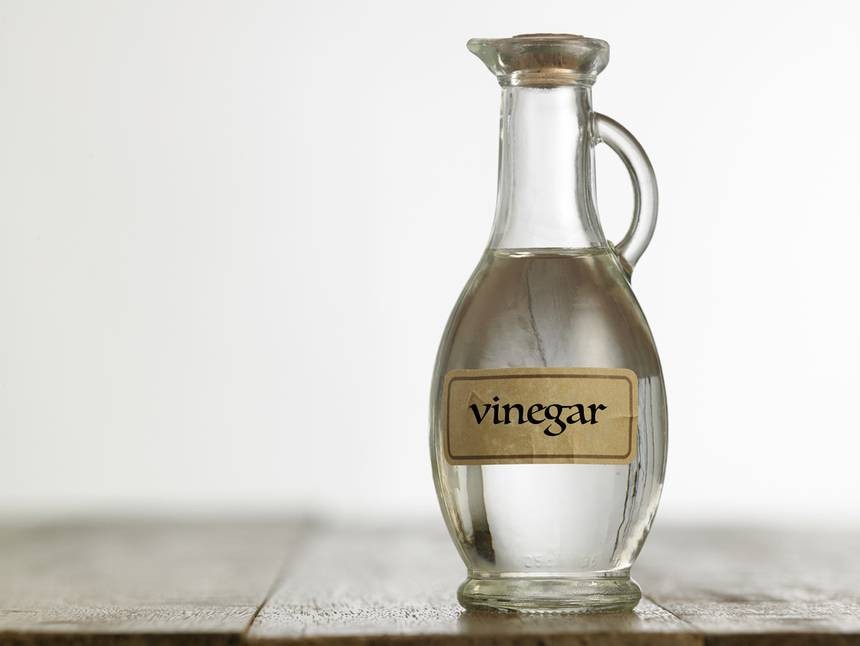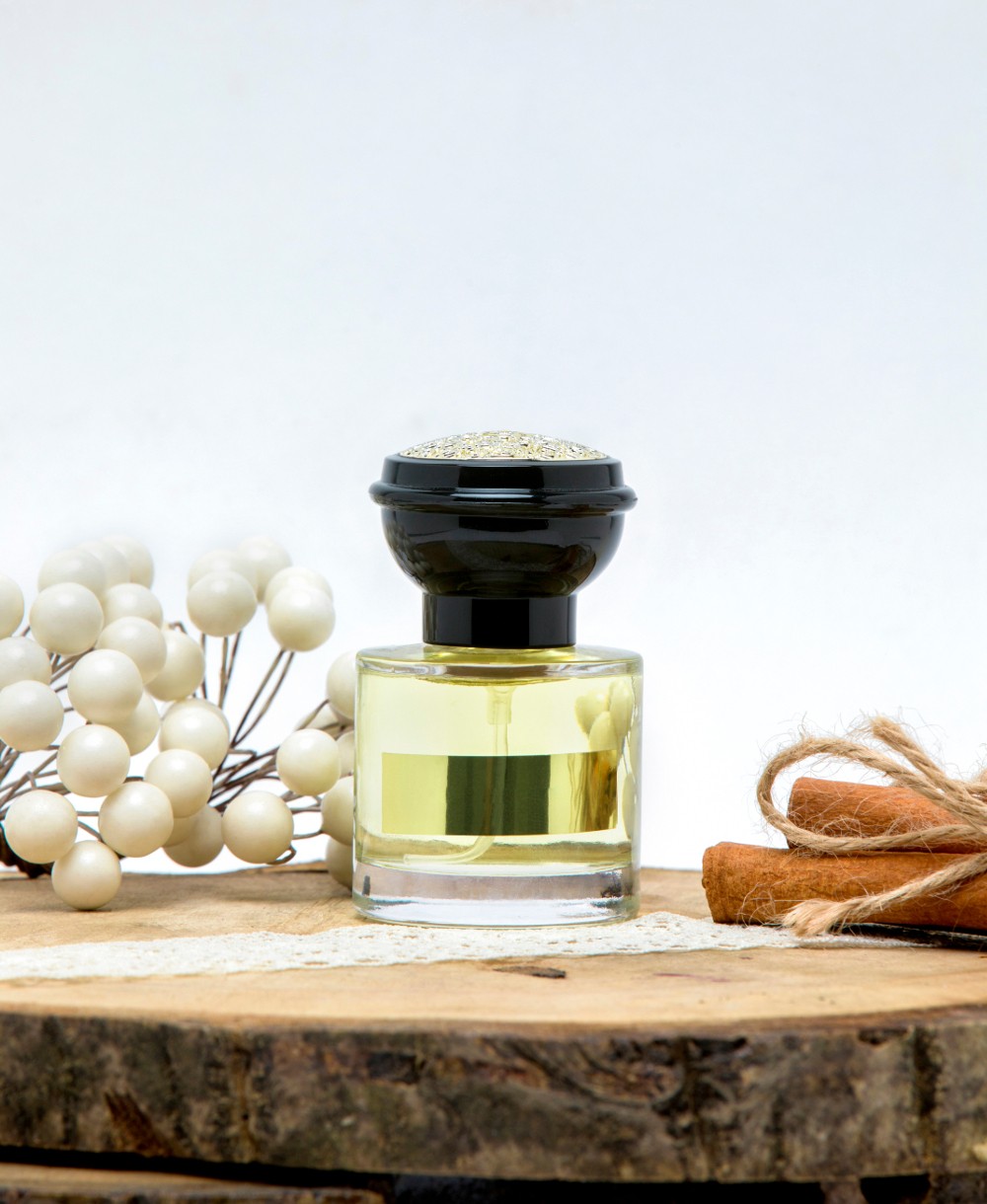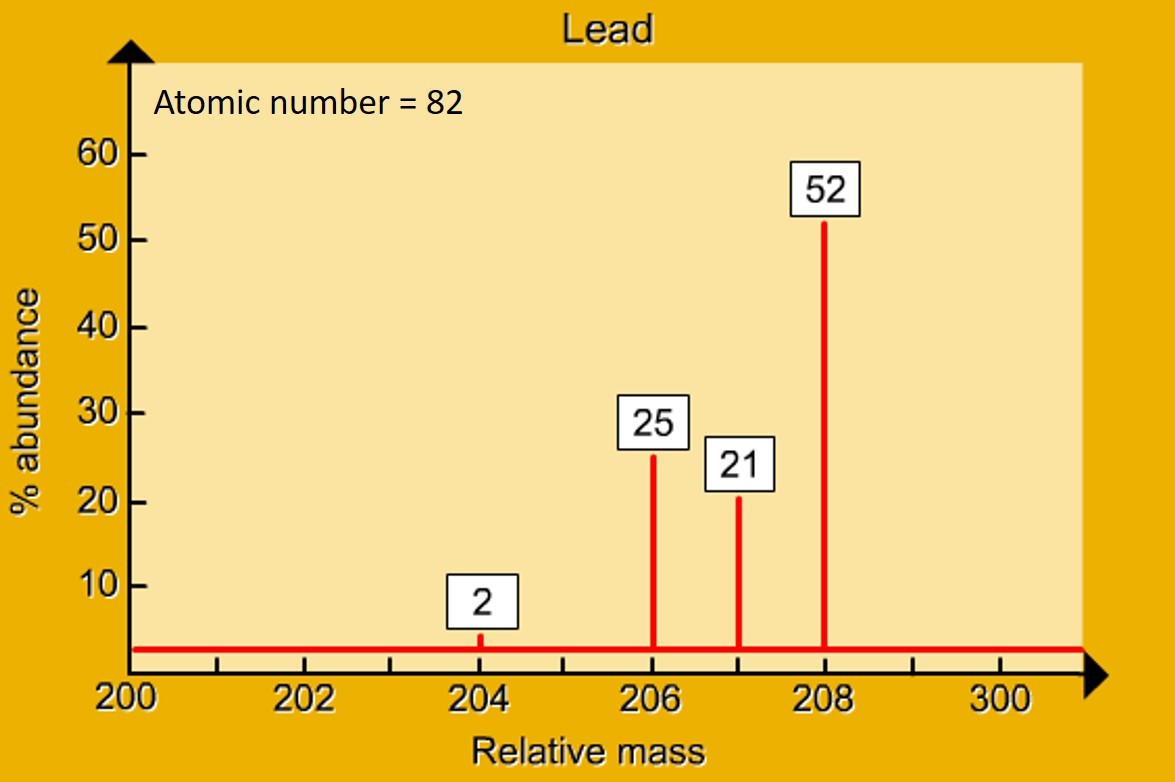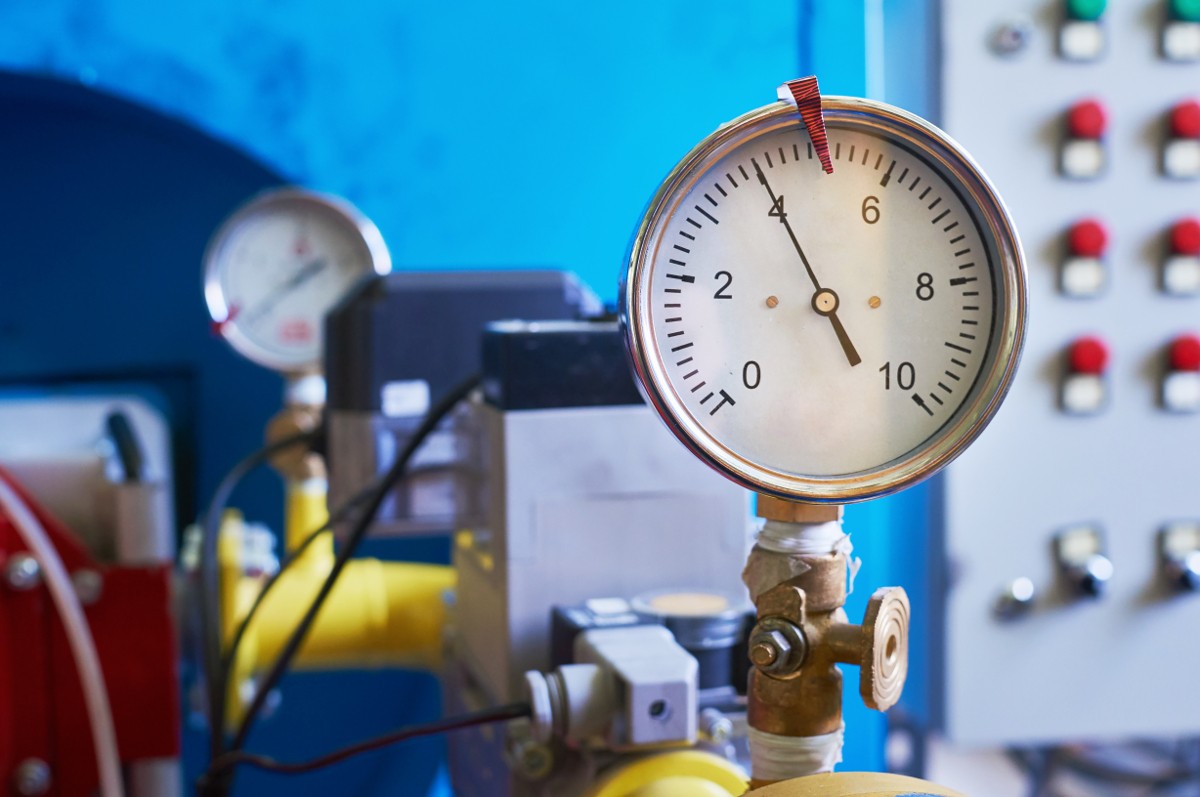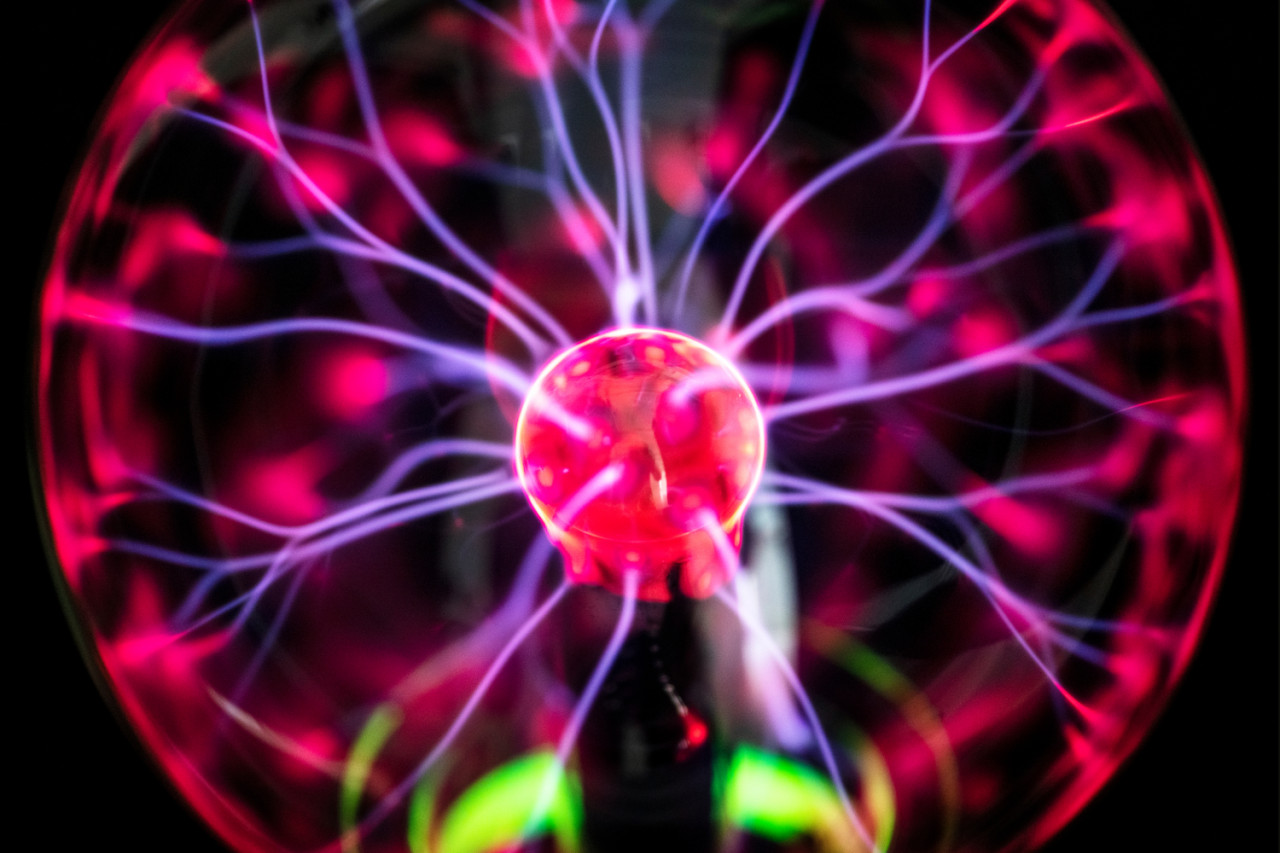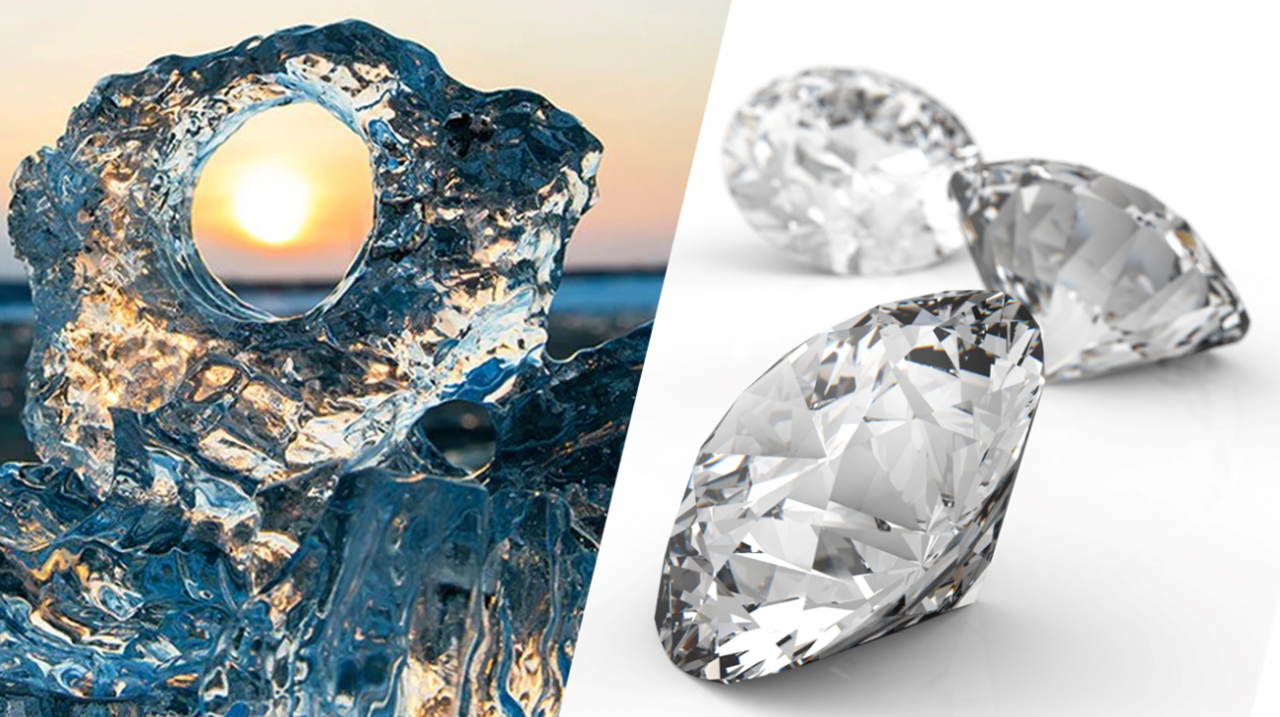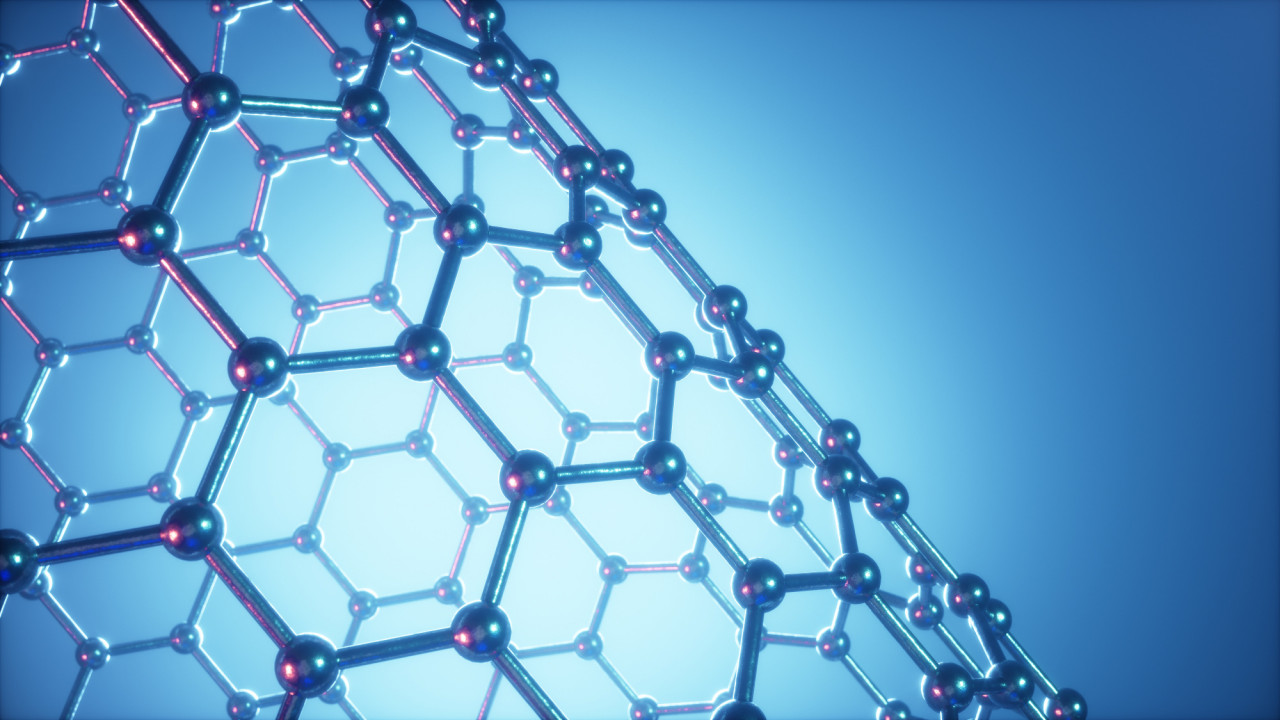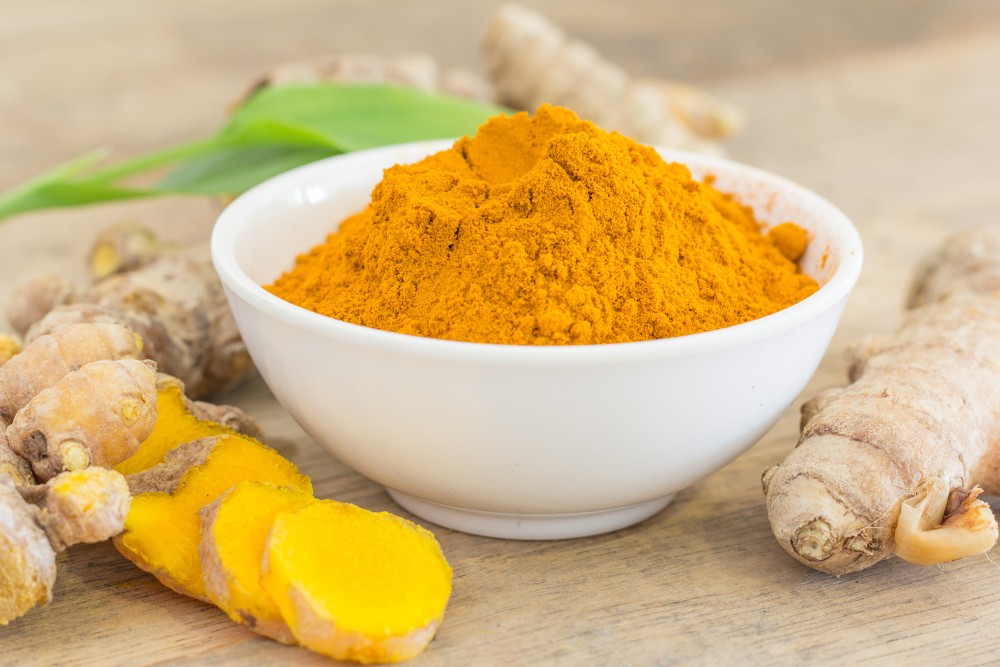4.34 Carboxylic acids 2
4.34 - 4.37 From wine to vinegar Carboxylic acids are a homologous series of compounds with the functional group -CO2H. They are all organic acids and are regarded as weak acids which means they do not ionise completely in solution. Carboxylic acids are formed when alcohols are oxidised by the air or by using an appropriate ox...
Drawing carboxylic acids
4.34 - 4.37 From wine to vinegar Carboxylic acids are a homologous series of compounds with the functional group -CO2H. They are all organic acids and are regarded as weak acids which means they do not ionise completely in solution. Carboxylic acids are formed when alcohols are oxidised by the air or by using an appropriate ox...
1.34 Concentration calculations
Concentration Noun :the action or power of focusing all one's attentiona close gathering of people or things.the relative amount of a particular substance contained within a solution or mixture or in a particular volume of space In this topic we will of course be using the third definition of concentration. Students should: 1.34C ...
Methods of following reactions
3.9 - 3.16 Rates of reaction paint must not dry too quickly 3.9 - 3.16 What is rate? How fast a chemical... https://www.mychem.co.uk/index.php/igcse-chemistry/physical-chemistry/rates-of-reaction Any measurable factor which changes as a reaction proceeds can be used to measure the rate. The gradient of graphs give a reading for the reac...
4.38 - 4.43 - Esters
Esters are a family of compounds which can be formed as a result of the reaction between a carboxylic acid and an and alcohol. Here you will find out how the reaction is performed and how to draw and name the product.
